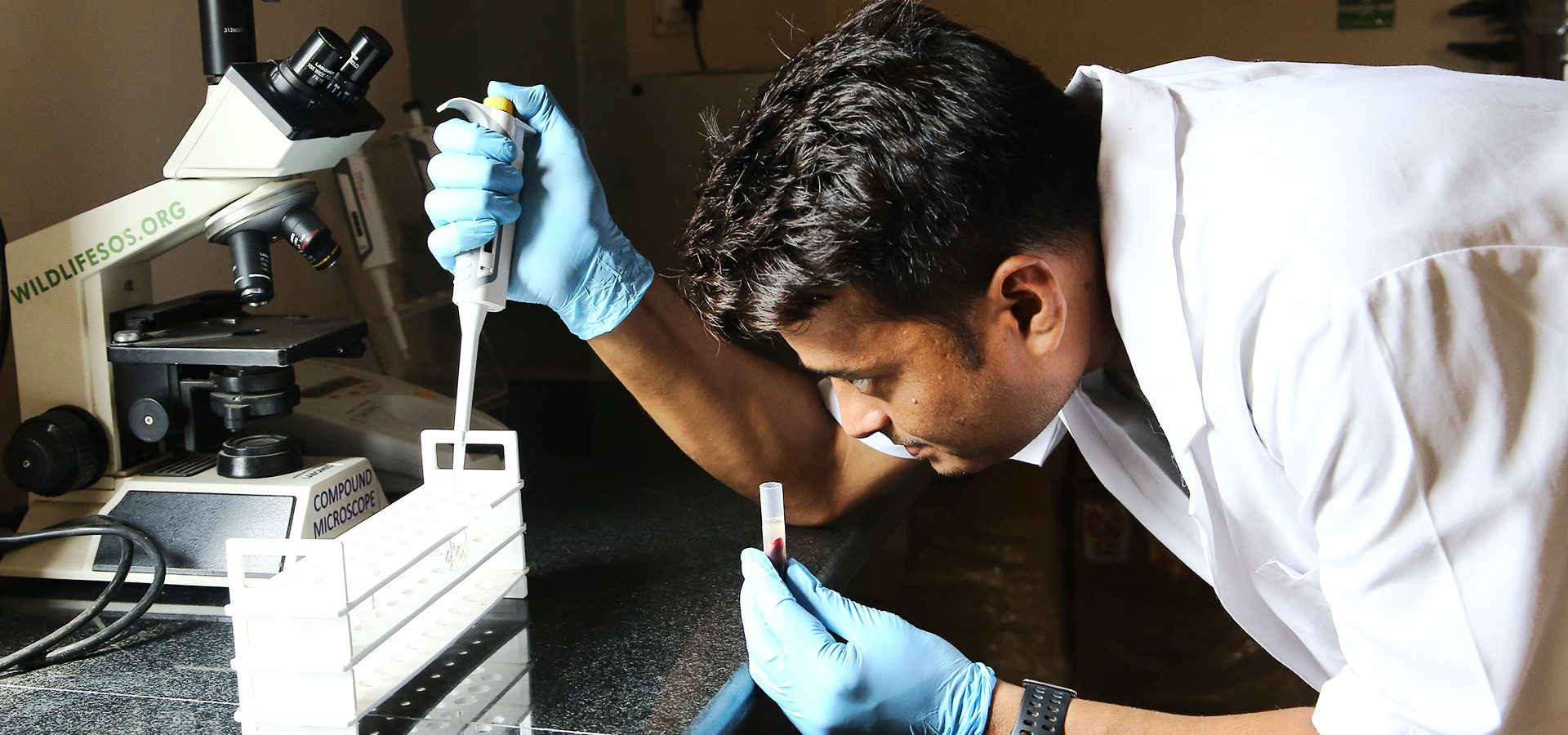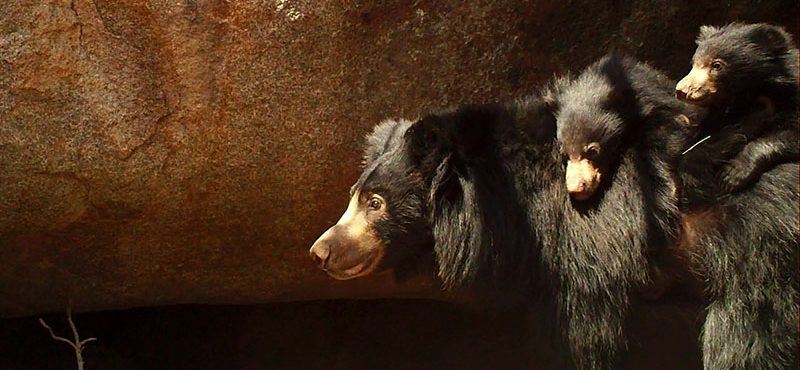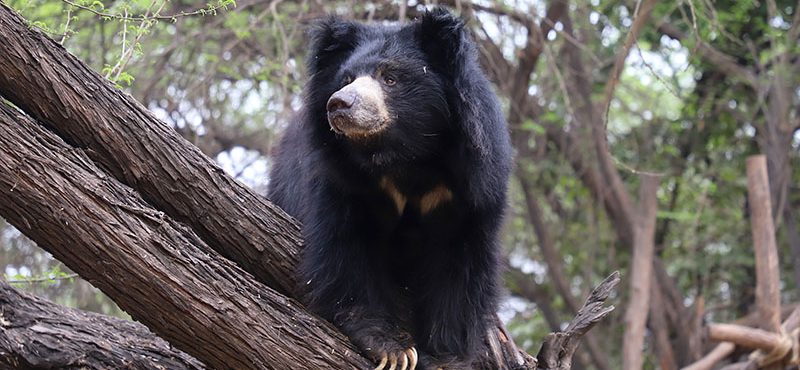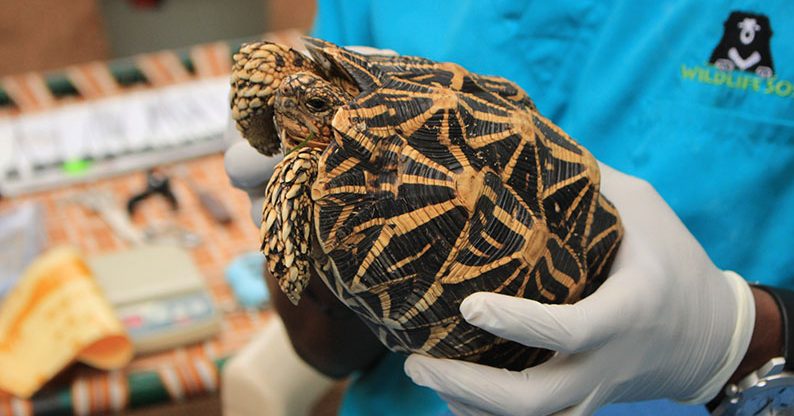
Wildlife SOS believes that good science and research can help find sustainable solutions. Our research is aimed at wildlife ecology and human-wildlife conflict. Wildlife SOS has several active projects to rehabilitate leopards, elephants, tigers, reptiles and other animals, while other projects are targeted towards environment and biodiversity conservation.
Studying animals in their natural environment and habitat is also an essential part of research as it allows us to better understand their living conditions, behavioural patterns and physiology. It allows us with the opportunity to collect data and monitor various species with the help of camera traps.
Since the time we initiated our “Dancing Bear Rehabilitation Project” in 2002 the Wildlife SOS team has been working tirelessly to study and learn more about this indigenous bear species. The studies conducted by our wildlife biologists so far, has proven to be extremely helpful in understanding their natural behaviour and reproductive physiology.
Over the years, our veterinarians have actively presented their research papers at important wildlife veterinary & research conferences in India. The work has been carried out through active collaboration with premier research institutions such as Indian Veterinary Research Institute (IVRI), Indian Institute of Sciences (IISc) Bangalore, Bannerghatta Biological Park etc.

The Sloth Bear Denning research project aims at understanding the biology, denning patterns and reproductive physiology of sloth bears using advanced scientific techniques in various forest divisions in the state of Karnataka. With the help of camera traps, our team has been able to closely map the movement and monitor the behavior of these bears which has given us the opportunity to collect data and monitor bears, as well as analyze other wildlife species in the areas.
The main objective of this project is to study and understand the
biology, denning patterns and reproductive physiology of sloth bears residing in the wild. Though it was well known that a sloth bear can give birth to up to three cubs, there was no recorded evidence or documentation of the same. In a first, during our denning study, three sloth bear cubs along with their mother in five different locations were witnessed.
The camera trap videos report the use of chemical communication techniques by the male bears to mark the den sites. These include pede-marking, defecation, urination and rubbing or scratching against trees. The team has observed that the Sloth bear population is very much isolated in term of ecology. The existing bear habitat is highly fragmented and degraded in addition to intersperse with human habitat. Furthermore, due to
constant human interface, there have been changes in their behavior.

The Reproductive endocrinology and behaviour of sloth bears mainly focuses on understanding the correlation in reproductive hormones and how it affects the behaviour of female sloth bears. Reproductive endocrinology describes the hormones and control mechanisms that regulate sexual development, sexual function, and reproduction. The study will be very helpful in analysing the behavioural pattern of female sloth bears and the changes that are experienced by them as they progress on various stages of sexual development.

Wildlife SOS and Karnataka Forest Department rescued over Fifty Endangered Star Tortoises from smugglers and released them back in the wild after fitting satellite tags on the animals to track their survival. A team of researchers and wildlife biologists monitor the movements and ranging pattern of these tortoises. The satellite tags attached to some of the tortoises indicate their movement pattern, pace and location using satellite locations. As a part of the research study, factors like health condition, body weight, behaviour patterns, adaptation to wild foraging etc are also being documented. The satellite tags combined with radio-transmitters are attached to the carapace of the tortoises which will enable the research team to track and monitor the movements and ranging patterns of the tortoises.